In our increasingly digital world, the reliance on electronic devices has grown exponentially. From smartphones to laptops, electric vehicles to power banks, these devices have become an integral part of our lives. With this surge in usage, the importance of charging safety cannot be understated. In this article, we’ll delve into the common myths surrounding charging safety and provide you with the best practices to ensure the longevity of your devices and, more importantly, your safety.
Introduction
Charging devices has become second nature to us, but are we truly aware of the potential risks involved? Let’s debunk some common myths and explore the best practices for charging safely.
Myth 1: Leaving Devices Plugged in Overnight Is Harmless
It’s a common practice to plug in devices overnight, assuming that modern technology prevents overcharging. However, continuous charging can strain the battery and lead to capacity degradation over time.
Myth 2: Third-Party Chargers Are Just as Safe as OEM Chargers
While third-party chargers are convenient and often cheaper, they might not adhere to safety standards. Counterfeit or subpar chargers can damage your device or, in extreme cases, cause electrical hazards.
Myth 3: Overcharging Is a Thing of the Past
Modern devices are equipped with advanced circuitry to prevent overcharging, but accidents can happen. Keeping your device connected to the charger after reaching 100% still puts stress on the battery.
Myth 4: Using Your Phone While Charging Is Completely Safe
Using your device while charging generates heat, and combining this with the heat produced during charging can lead to battery strain. This might not pose an immediate risk, but over time, it can affect battery health.
Myth 5: Power Surge Protectors Eliminate All Risks
While surge protectors are essential, they can’t safeguard against all potential risks. They might not shield your device from voltage fluctuations or power spikes that occur within the same electrical circuit.
Best Practices for Charging Safety
Habits for Prolonged Battery Life
To extend your battery’s lifespan, unplug your device once it’s fully charged. Avoid letting the battery level drop to zero before recharging, as frequent full discharges can also harm the battery.
Choosing the Right Charger
Opt for chargers recommended by the manufacturer. The voltage and amperage should match the specifications of your device. Investing in chargers with overcurrent protection can prevent damage due to power surges.
Ventilation and Temperature Considerations
Charge devices in well-ventilated areas and at room temperature. Avoid extreme temperatures, as they can impact battery efficiency and overall safety.
Avoiding Cheap Cables
Low-quality charging cables might not have the necessary insulation and can result in overheating or even electrical shocks. Stick to reputable brands for your charging accessories.
Regularly Inspecting Devices
Check your devices and chargers for physical damage or unusual behavior. If you notice anything amiss, discontinue use and seek a professional opinion.
Safe Charging Locations
Charge your devices on surfaces that are non-flammable and away from beds, sofas, or curtains. This minimizes the risk of fire hazards.
The Science Behind Lithium-Ion Batteries
How Lithium-Ion Batteries Work
Lithium-ion batteries store energy through the movement of lithium ions between positive and negative electrodes. Understanding this process helps us comprehend the importance of safe charging.
Common Causes of Battery Failures
From manufacturing defects to physical damage, various factors can lead to battery failures. Overcharging, exposure to high temperatures, and using incompatible chargers are common culprits.
The Role of Manufacturers in Ensuring Safety
Quality Control and Standards
Reputable manufacturers subject their devices to rigorous testing to ensure they meet safety standards. This includes evaluating the battery’s performance under different conditions.
Testing and Certification
Look for devices that have undergone certification processes like UL or CE. These certifications indicate that the product has met specific safety and performance criteria.
Balancing Convenience and Safety
Fast Charging and Its Implications
Fast charging technology is convenient, but it generates more heat. This heat can affect the battery’s health over time, so it’s best used sparingly.
Wireless Charging Pros and Cons
Wireless charging offers convenience, but it’s less efficient and generates heat. Make sure your charging pad is from a reputable brand to reduce risks.
Environmental Impact of Charging Practices
Vampire Power and Phantom Load
Leaving chargers plugged in when not in use contributes to vampire power or phantom load. Unplug chargers to save energy and reduce your carbon footprint.
Minimizing Energy Consumption
Opt for energy-efficient charging practices, such as using a power strip to easily disconnect multiple chargers at once.
Conclusion
Prioritizing charging safety is crucial to ensure the longevity of your devices and your personal safety. By dispelling common myths and following best practices, you can enjoy the convenience of technology without compromising your well-being.
FAQs
- Is it safe to charge my phone overnight?
- Overnight charging can lead to battery degradation. It’s best to unplug once fully charged.
- Are third-party chargers dangerous to use?
- Subpar chargers can pose risks. Stick to reputable brands to ensure safety.
- Can I use my phone while it’s charging?
- It’s better to avoid heavy usage while charging to prevent excess heat generation.
- Do power surge protectors guarantee safety?
- While helpful, they can’t guard against all potential electrical risks.
- How can I minimize energy wastage during charging?
- Unplug chargers when not in use to prevent phantom load and save energy.

